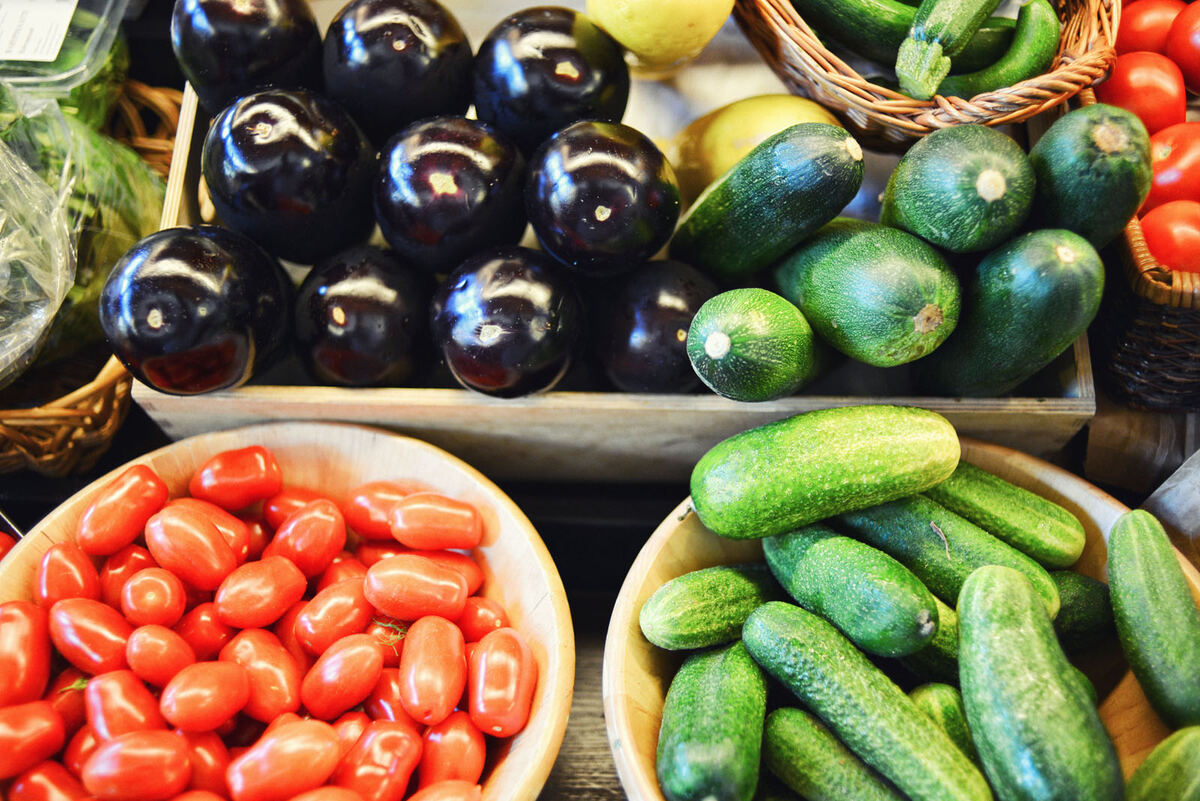China’s food and agro industry update
This country outlook is part of a short series of introducing priority sectors that Team Finland China has chosen for 2022. Team Finland China is a network of public actors and Finnish business chambers in China. The network promotes Finland and its interests abroad: the internationalization of Finnish enterprises, investments in Finland, and the country brand. In total, there are nine focus areas, in which Team Finland actors proactively plan their activities, to help Finnish companies to enter China and grow in Chinese market. Team Finland China priority sectors for 2022 are 1) ICT, 2) food and agro, 3) health technology, 4) energy, 5) bio economy, chemicals and built environment, 6) metal and machinery, 7) maritime, 8) education (incl. research and talent boost) and 9) winter sports.

China hosts one of the most rapidly developing and largest consumer markets in the world. The total value of imported food reached USD 882.4 billion from Jan-April 2022, a year on year growth 7.1% according to GACC. The robust market, increasing demand from growing middle class and evolving e-commerce market provide largely untapped potential for the food and beverage industry. Exports of pre-packaged food, confectionary, beverages, supplements and spirits have lately seen modest increase, mostly through cross-border trade. The F&B industry is Finland’s biggest manufacturer of consumer goods and fourth biggest industry with significant employers. With a growing market and increasing consumer attention to aspects such as health, nutrition, and food safety, the growth potential for Finnish companies remains strong in the long term especially for value-added products.
China aims for a high level of self-sufficiency in the production of agricultural goods and food, but is lacking in sufficient arable land. Ingredients are thus in high demand. The main Finnish F&B export categories are bulk sales products in dairy and meat (140 million euros in 2020), largely driven by rising domestic dairy product and infant formula production for which Finnish milk powder and demineralized whey powder are important ingredients. Demand in pork soared due to China’s national African swine fever epidemic and consequently diminished domestic pork production, although production has recovered to 2017 levels. With 8% share of total F&B export from Finland, China is the second biggest F&B export market for Finland.
New registration requirements for all F&B manufacturers whose products are exported to China have curtailed exports of products from manufacturers that are not yet registered, especially in the first half of 2022. The registration requirement has increased the work load of national authorities, but not affected the export of meat and dairy. All manufacturers should undergo registration in the new CIFER system of China Customs. Companies should prepare for uncertainties in the implementation of the new regulations 248 and 249 as well as trade disruptions and check the Finnish Food Authority website regularly for updates. Cross-border ecommerce opens up a way for companies that are not registered in China to continue to have access to the market.
China’s COVID-strategy and COVID-19 -restrictions have a strong impact on doing business in China. The supply chain of imported foods is being affected by these disruptions, with variations across categories, channels and regions. Congestion at ports may be notable, and is dependent on the local epidemic situation. Travel to and from China and within China is heavily restricted. Chinese health authorities also claim COVID-19 can be transmitted through cold-chain food and imported goods. Food packaging is disinfected and inspections are carried out at exporting establishments on short notice. Customs clearance has lengthened from 1-3 days to nearly 20-27 days and the train route is no longer a viable transport option. Suspected infection through foreign food is communicated in the media, although products are not recalled or companies from which the products are from notified, resulting in reputational risk for foreign companies. Control measures pose an increasing financial burden. On the other hand, food and drink e-commerce witnessed a sharp increase in demand as consumers at home are buying more frozen food and delivery items.
To conclude, the Food and Beverage industry in China is heavily regulated and the market and food exports to China are affected both by import restrictions and China’s domestic policies that aim to at higher self-reliance in F&B. However, in the long term, the export potential of both value-added products and food ingredients is high due to China’s growing middle class consumer base and limited arable land area.
Jianing Lu
Advisor (Food)
Business Finland in Shanghai
tel. +86 188 0179 3699

